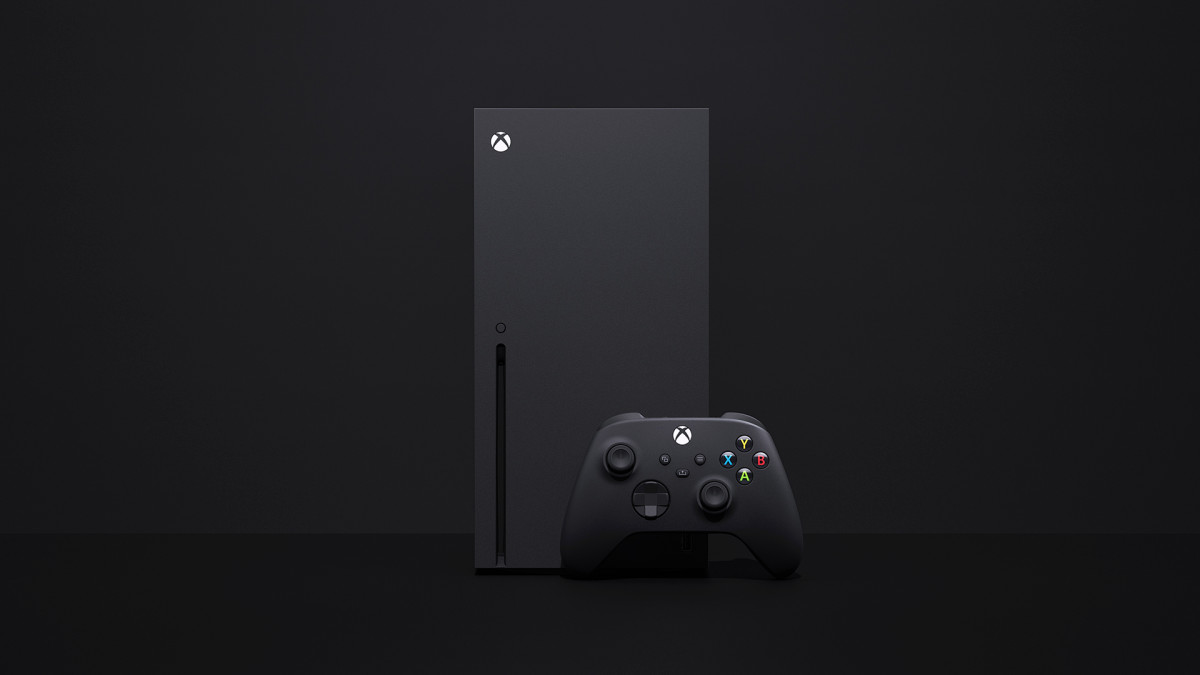Xbox Series X, PC games to get graphics boost with new DX12 Ultimate
New dev tools to make Xbox Series X and PC games look incredible

Microsoft alongside Nvidia unveiled today DirectX 12 Ultimate, the newest toolset for developers to improve the look and performance of games on both Xbox Series X and PCs.
For those who aren't familiar, DirectX is a set of application programming interfaces (APIs) created so developers can readily harness the hardware in a device. DirectX has improved over the years with new features that enhance the audio and visuals of games.
- Xbox Series X: specs, price and how it compares to gaming laptops
- PS5: Specs, price, release date and how it compares to gaming laptops
- Xbox Series X is officially more powerful than the PS5
It's worth noting that older hardware that doesn't support DX12 Ultimate won't become incompatible with new games. Rather, next-gen games built on DX12 Ultimate will run on non-DX12 Ultimate hardware, just without the visual benefits.
DirectX12, the backbone of the Xbox Series X and upcoming PCs hardware, enhances features already available in DX12, including ray tracing and variable-rate shading, while adding new major features like mesh shaders and sampler feedback. The drivers for DX12 are available today.
Here is a more detailed breakdown of the new features coming to next-gen games.
DX12 Ultimate for Xbox Series X and PC
A key benefit of DirectX 12 is that it bundles features that developers can use for both Xbox Series X and PC games. The Xbox One used DirectX 11.2 as a console-specific API, which means it didn't play well with PC. That won't be the case with DirectX 12 Ultimate.
This should make it easier for developers to deliver the same visual benefits across different game versions.
Sign up to receive The Snapshot, a free special dispatch from Laptop Mag, in your inbox.
"When Xbox Series X releases, there will already be many millions of DX12 Ultimate PC graphics cards in the world with the same feature set, catalyzing a rapid adoption of new features, and when Xbox Series X brings a wave of new console gamers, PC will likewise benefit from this vast surge of new DX12 Ultimate capable hardware," Nvidia wrote in an announcement post.
DirectX 12 Ultimate features
DirectX raytracing was introduced to DirectX12 for RTX graphics cards. DX12 Ultimate will feature raytracing 1.1, an enhanced version with three new capabilities.
Now, the GPU Work Creation will allow raytracing, streaming engines can more efficiently load new raytracing shaders and inline raytracing gives developers the option to drive more of the raytracing process instead of handing it to the system.
Variable Rate Shading (VRS) is another area that has been improved for DX12 Ultimate. This feature lets developers dial a game's shading rate, so more GPU power can be fed during important parts of a game for better visuals, or decreased when it isn't needed.
DirectX Ultimate adds Mesh Shaders to the mix. Without getting too much into the technical weeds of how it all works, Mesh Shaders enable more detailed and dynamic worlds by optimizing the power of a GPU to the geometry pipeline.
Lastly, Sampler Feedback should improve your gaming experience in various ways. Nvidia says Sampler Feedback -- a technique that lets developers capture and record texture sampling info and locations all in the hardware -- will enable better visuals, shorter load times and less stuttering.
This is a broad overview of the four main features enabled by DX12 Ultimate. If you want to know the technical details of how they come together to improve graphics, see Nvidia's blog posts about DirectX Raytracing 1.1, Variable Rate Shading, Mesh Shaders and Sampler Feedback.
Phillip Tracy is the assistant managing editor at Laptop Mag where he reviews laptops, phones and other gadgets while covering the latest industry news. After graduating with a journalism degree from the University of Texas at Austin, Phillip became a tech reporter at the Daily Dot. There, he wrote reviews for a range of gadgets and covered everything from social media trends to cybersecurity. Prior to that, he wrote for RCR Wireless News covering 5G and IoT. When he's not tinkering with devices, you can find Phillip playing video games, reading, traveling or watching soccer.

